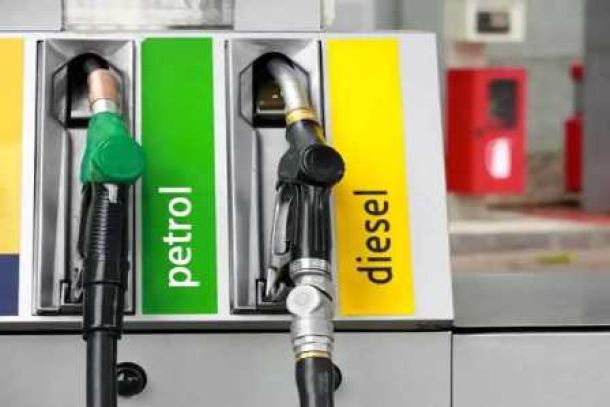Consumer inflation stabilises despite leap in fuel prices
Food inflation was 4.9%, with meat prices rising 14% while bread and cereal prices dropped 5%
Consumer inflation edged up as expected in December, as a hefty fuel price increase of 70c a litre took a chunk out of consumers’ wallets but was counterbalanced by lower inflation elsewhere, including food.
The consumer price index (CPI) rose 4.7% in December 2017 compared with December 2016, Statistics SA said on Wednesday. That follows a 4.6% year-on-year increase in November.
That meant inflation for all of last year averaged 5.3% — exactly in line with the Reserve Bank’s most recent estimate, and down significantly from 6.3% in 2016.
Compared with November, CPI inflation was 0.5% in December — after a 0.1% increase in November from October.
With inflation seemingly well under control — Investec’s Kamilla Kaplan says notes that it is expected to average 4.8% in 2018 — and an economy in desperate need of some impetus, all eyes are on whether the Reserve Bank will cut interest rates at its meeting in March.
The Bank stayed its hand, as expected, at its January meeting, citing political risks to the rand as one of the main reasons for its cautious approach.
It has tended to err on the side of caution lately, surprising markets by forgoing a widely expected rate cut at its September 2017 meeting.
One of the main factors in SA’s tamer inflation rate has been a sharp fall-off in food inflation. Food price increases ran to double digits for most of 2016 and began falling in early 2017, as the effects of a severe and widespread drought eased. Since August 2017 they have remained comfortably below 6%.
Food inflation in December came in at 4.9% year on year. NKC African Economics senior economist Elize Kruger’s forecast was 4.1%.
Within the food basket, meat prices rose 14% from a year earlier, while bread and cereals prices dropped 5% and fruit prices fell 4.2%. Vegetable prices ticked up 1.1%.
Fuel prices have been more volatile, thanks to ructions in the international oil price, and the rand’s vulnerability to international developments and a volatile local political environment.
The rand has enjoyed a prolonged “Ramaphosa rally” since the run-up to the ANC’s elective conference in December, bolstered most recently by the deputy president’s decisive action to shore up governance at Eskom — a move hailed by IMF MD Christine Lagarde in Davos on Tuesday as a step in the right direction.
The currency is also benefiting from broad weakness in the dollar.
The rand was at R12.03 to the dollar in early trade on Wednesday morning.
However, the local unit’s decline early this week, after the ANC said no agreement had been reached for Jacob Zuma to step down as the country’s president, demonstrates its vulnerability to developments in what remains a risky environment.
Reserve Bank governor Lesetja Kganyago, at the Bank’s monetary policy announcement last week, highlighted the “lingering prospect of a credit-ratings downgrade to sub-investment grade by Moody’s” as a further risk to the rand.
Cyril Ramaphosa is in Davos at the moment, leading the South African delegation to the World Economic Forum, to press home his message that SA’s economic policy is based on a “stable and predictable macroeconomic framework”.
The IMF this week cut its forecast for SA’s economic growth to 0.9% for both 2018 and 2019 — from previous forecasts of 1.1% in 2018 and 1.6% in 2019.
News Category
- International retailers
- On the move
- Awards and achievements
- Legislation
- Wine and liquor
- Africa
- Going green
- Supplier news
- Research tools
- Retailer trading results
- Supply chain
- Innovation and technology
- Economic factors
- Crime and security
- Store Openings
- Marketing and Promotions
- Social Responsibility
- Brand Press Office
Related Articles

Shoprite increases executive pay as consumers t...

Unions slam SA retailers for ‘profiteering’ as ...

Major Petrol Price Changes on the Horizon

Retailers not cutting food prices fast enough -...


